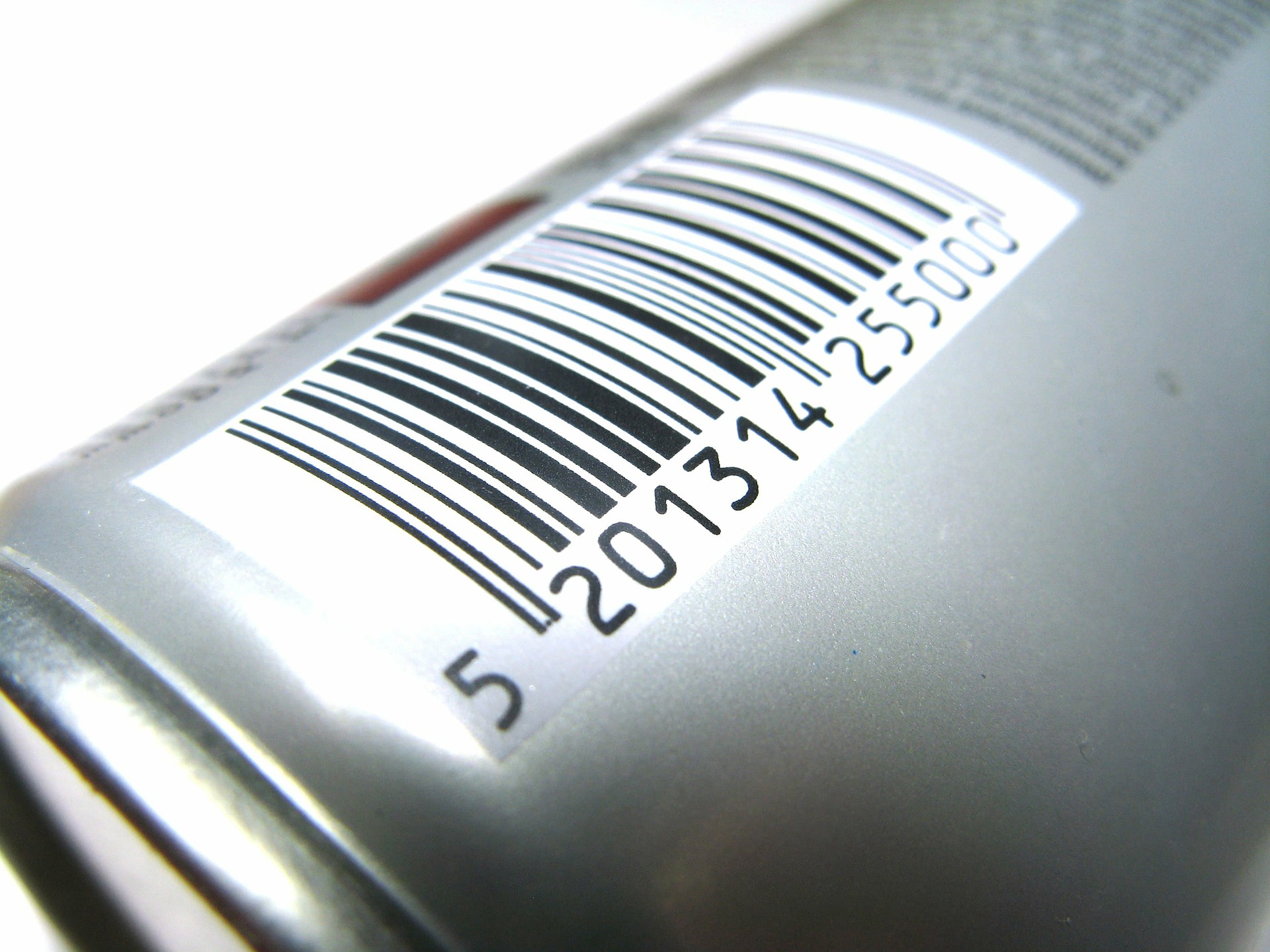7.20: UPC, RFID, and QR Codes
- Page ID
- 45106
- Describe the purpose of UPC, RFID, and QR codes
There are three common technologies retailers use to identify and track individual product units in retail sales transactions, inventory management and distribution, or supply chain- UPC, RFID and QR codes. Most of these symbols are quite familiar as we see them on a daily basis.
 The Universal Product Code (UPC) is a barcode symbology that is widely used in the United States, Canada, United Kingdom, Australia, New Zealand, in Europe and other countries for tracking trade items in stores.
The Universal Product Code (UPC) is a barcode symbology that is widely used in the United States, Canada, United Kingdom, Australia, New Zealand, in Europe and other countries for tracking trade items in stores.
Radio-frequency identification (RFID) uses electromagnetic fields to automatically identify and track tags attached to objects. The tags contain electronically-stored information. No line-of-sight is required to receive information from RFID which makes it better suited for inventory flowing through a warehouse conveyor system, for example.
A quick response code (QR code) is a matrix barcode made up of dots. Because it is two-dimensional, it can hold substantially more data than one-dimensional barcodes, such as UPC. It can be read by a QR scanner or by a smartphone with a camera.
This YouTube video does a fairly good job providing some background information on this technology. It discusses the origin of bar codes, describes how they work, and helps us understand the evolution to QR codes.
You can view the transcript for “QR Codes and Barcodes as Fast as Possible” (opens in new window).
Contributors and Attributions
- UPC, RFID, and QR Codes. Authored by: Bob Danielson. Provided by: Lumen Learning. License: CC BY: Attribution
- Barcode. Authored by: PDPhotos. Provided by: Pixabay. Located at: https://pixabay.com/en/barcode-bar-code-strip-code-code-3616/. License: CC0: No Rights Reserved
- QR Codes and Barcodes As Fast As Possible. Authored by: Techquickie. Located at: https://www.youtube.com/watch?v=qYvqFV4Rf8c. License: All Rights Reserved. License Terms: Standard YouTube license

